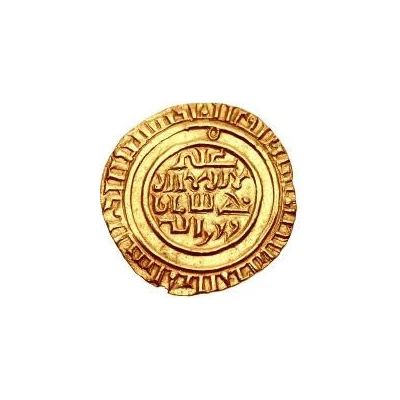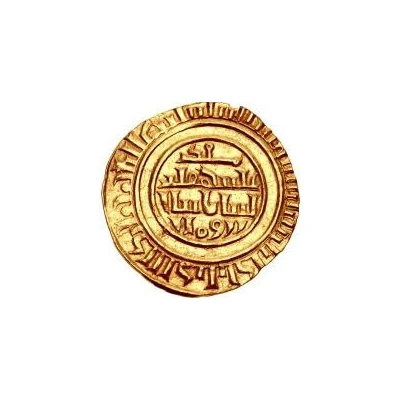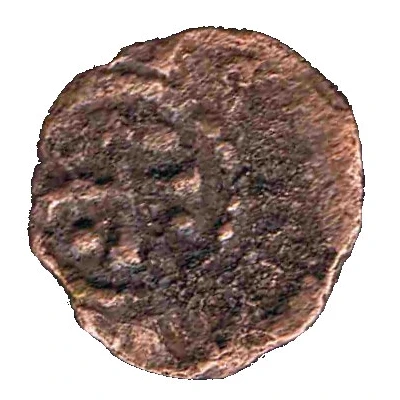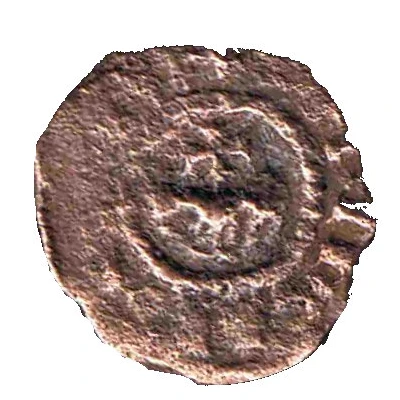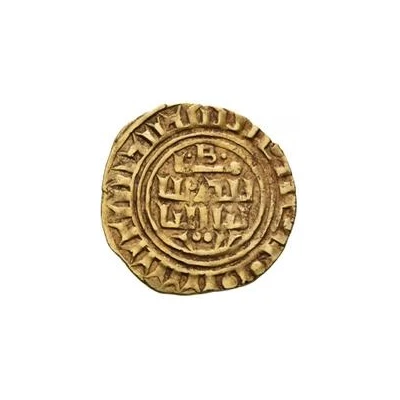
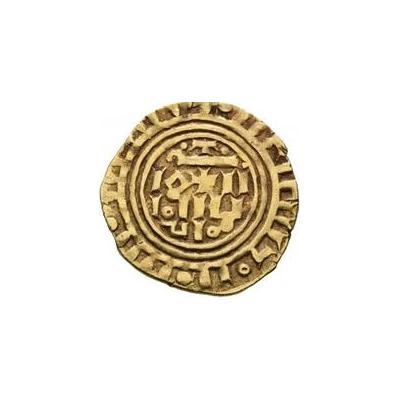

© Leu Numismatik
Bezant "Saracen" - Crusarder imitation "B" / "T" type - Tripoli ND
| Gold | 3.45 g | 22 mm |
| Issuer | County of Tripoli (Crusader and Christian states in the Eastern Mediterranean) |
|---|---|
| Type | Standard circulation coin |
| Years | 1187-1287 |
| Value | 1 Gold Bezant (240) |
| Currency | Crusader imitation (1102-1289) |
| Composition | Gold |
| Weight | 3.45 g |
| Diameter | 22 mm |
| Shape | Round (irregular) |
| Technique | Hammered |
| Orientation | Variable alignment ↺ |
| Demonetized | Yes |
| Updated | 2024-10-04 |
| Numista | N#289870 |
|---|---|
| Rarity index | 100% |
Reverse
Large T flanked by pellets above Pseudo-Kufic legend and small cross in the second line of inscription; in outer margin, Pseudo-Kufic legend.
Lettering:
T
+
Comment
Imitating a dinar of the Fatimid caliph al-Mustansir, crude third phase imitation, perhaps issued during the 1240s and 1250sG. LUNARDI 1985 - VOL II - CT3 (V 22) CT4 (V 23) CT5 (V 24)
Photos: CT5 (V 24) + on reverse
Interesting fact
One interesting fact about the Bezant "Saracen" - Crusader imitation coin is that it was used as a form of currency during the Crusades, a series of religious wars fought between Christians and Muslims in the Middle East during the 12th and 13th centuries. The coin was imitated by the Crusaders, who sought to create their own version of the gold bezant, a popular currency used by the Byzantine Empire. The Crusader version of the coin was minted in the County of Tripoli, a Christian state established in the Eastern Mediterranean during the Crusades. Despite being an imitation, the coin still holds significant historical value and is highly sought after by collectors today.
